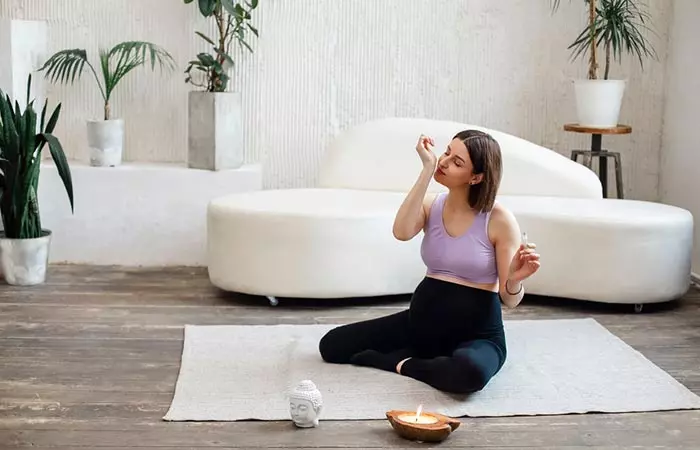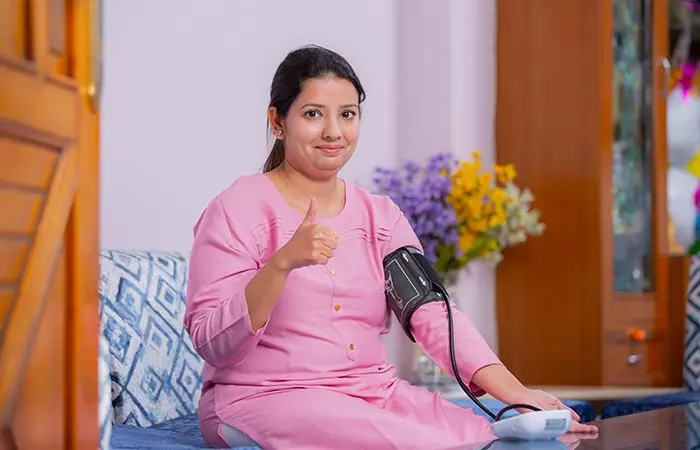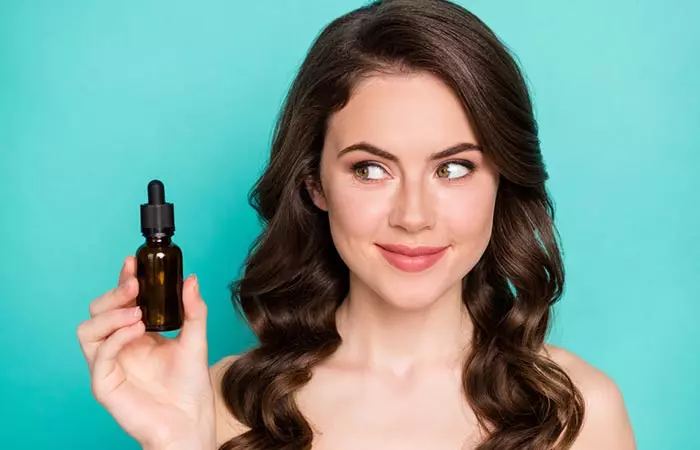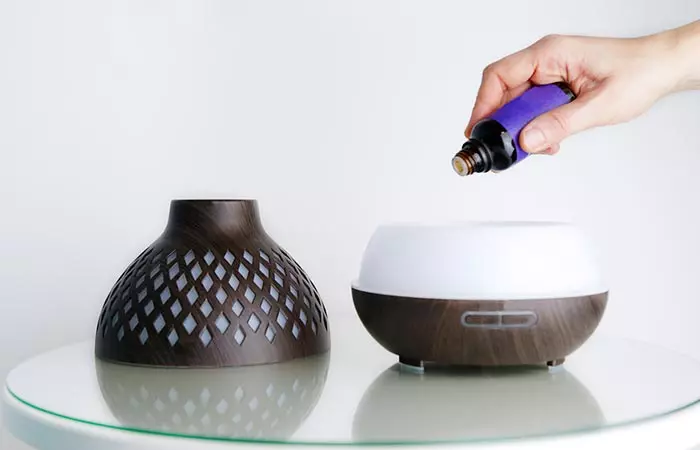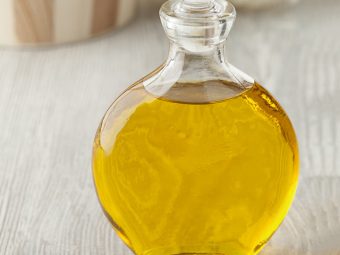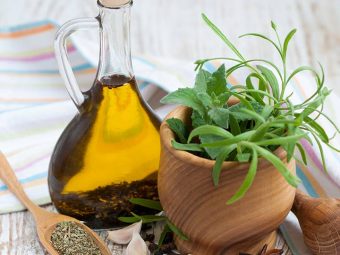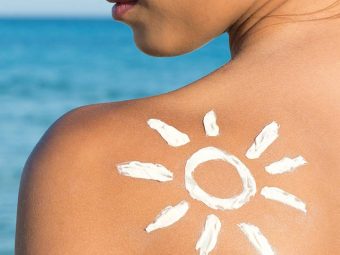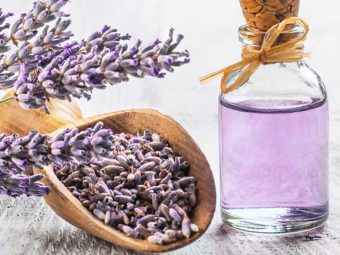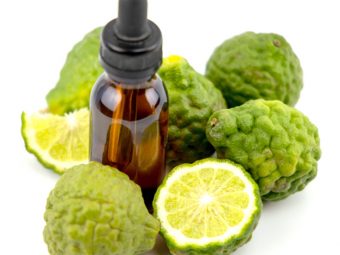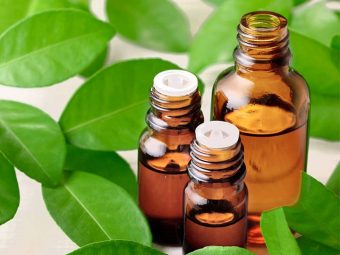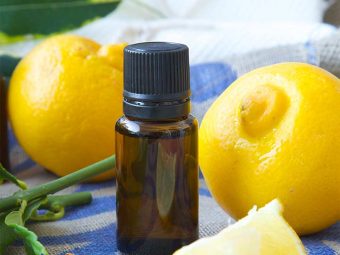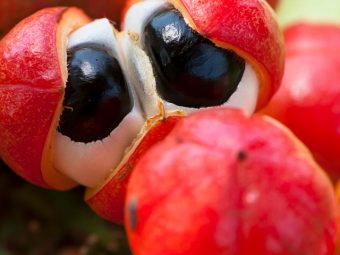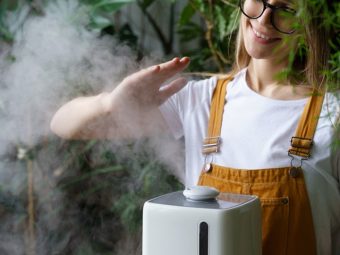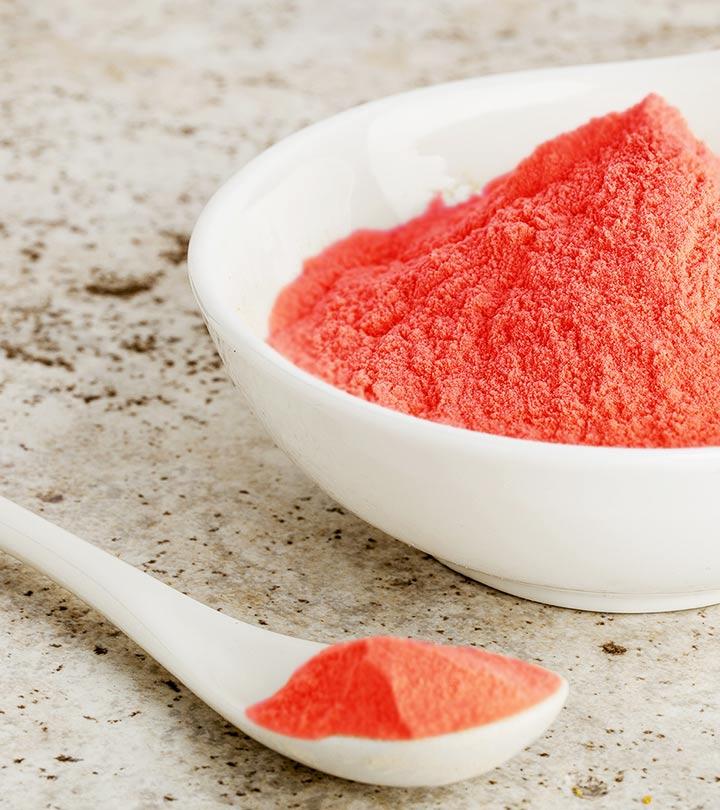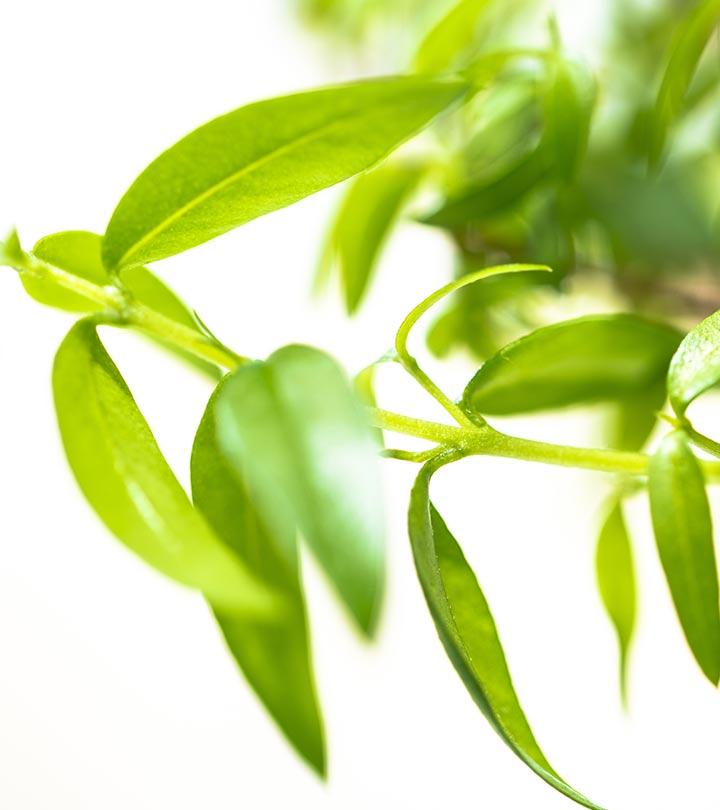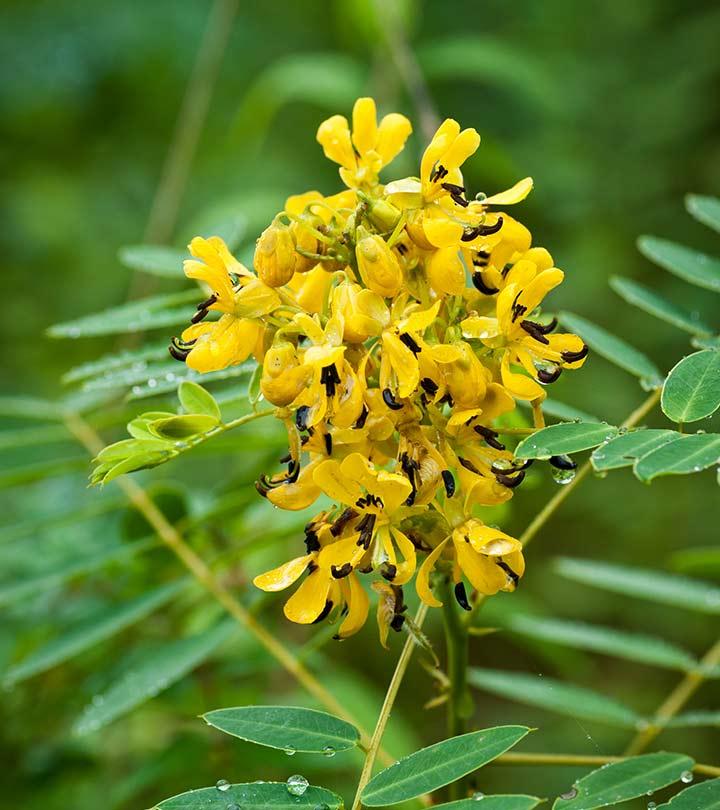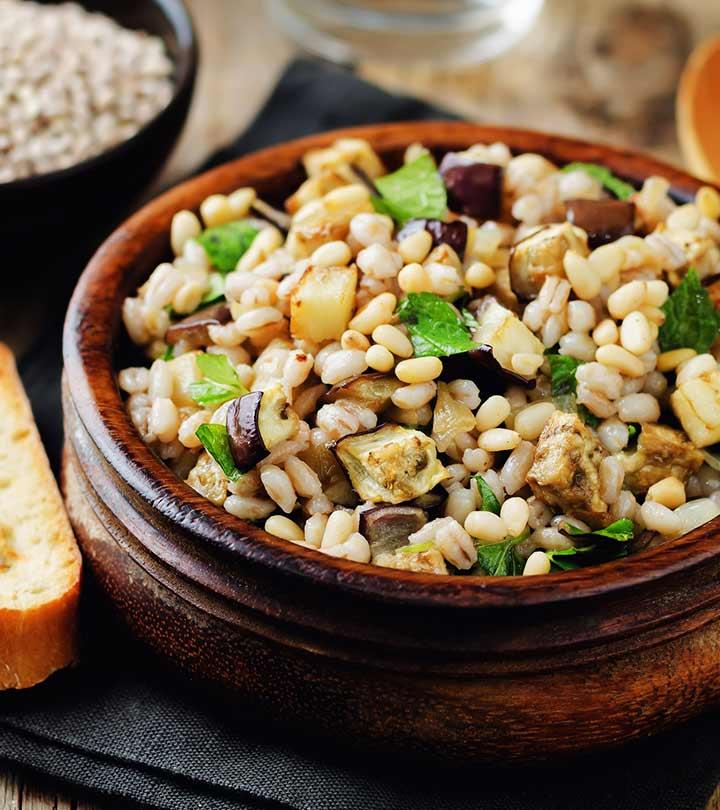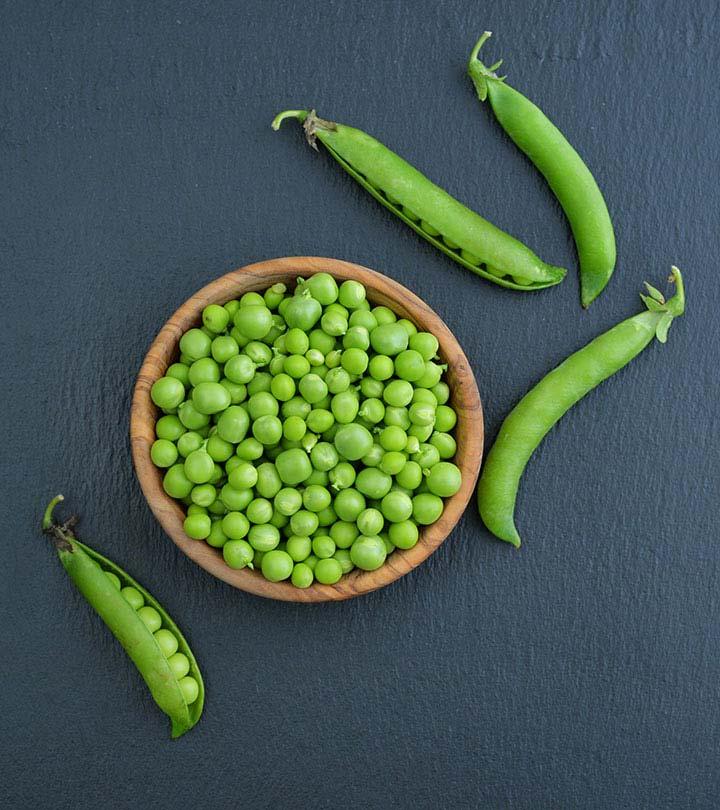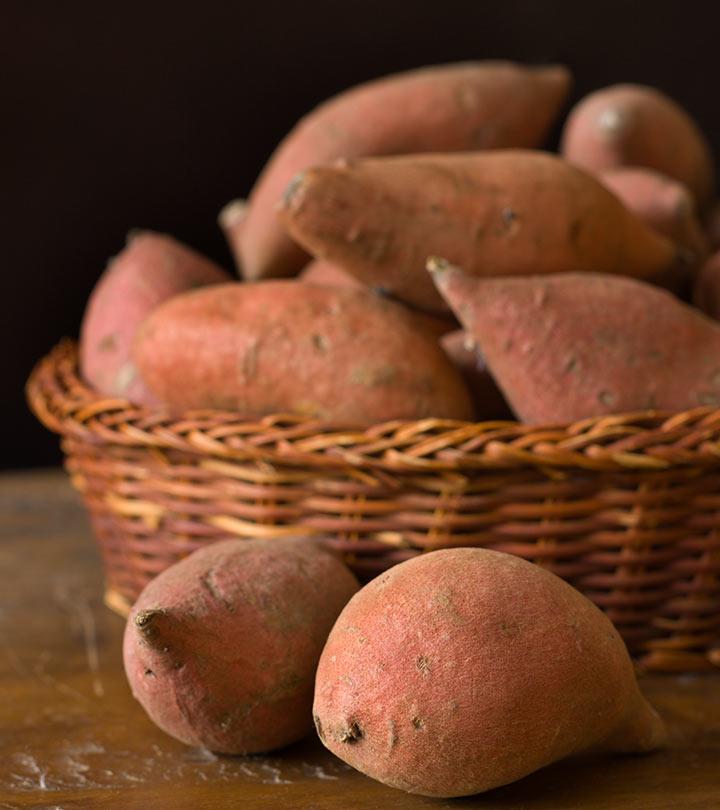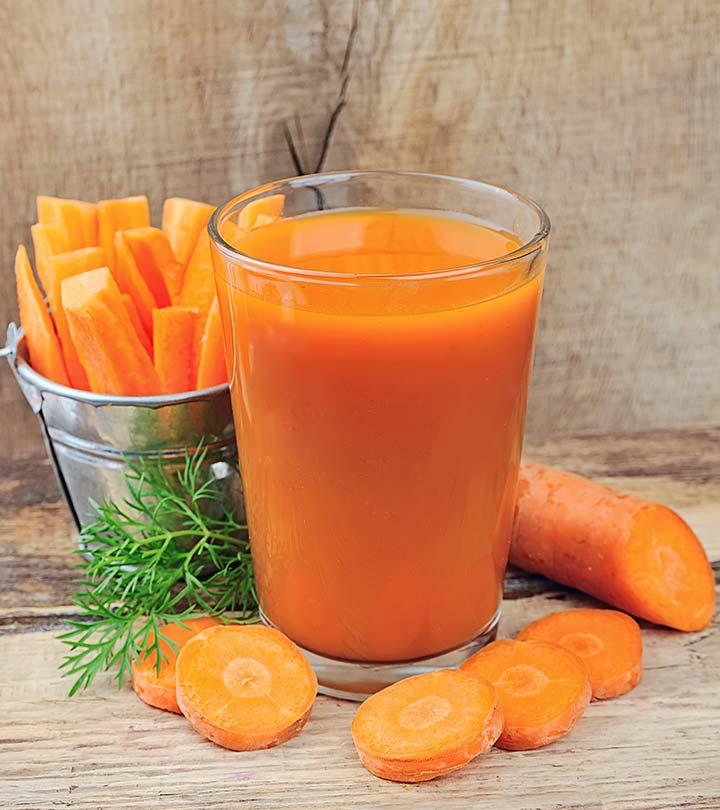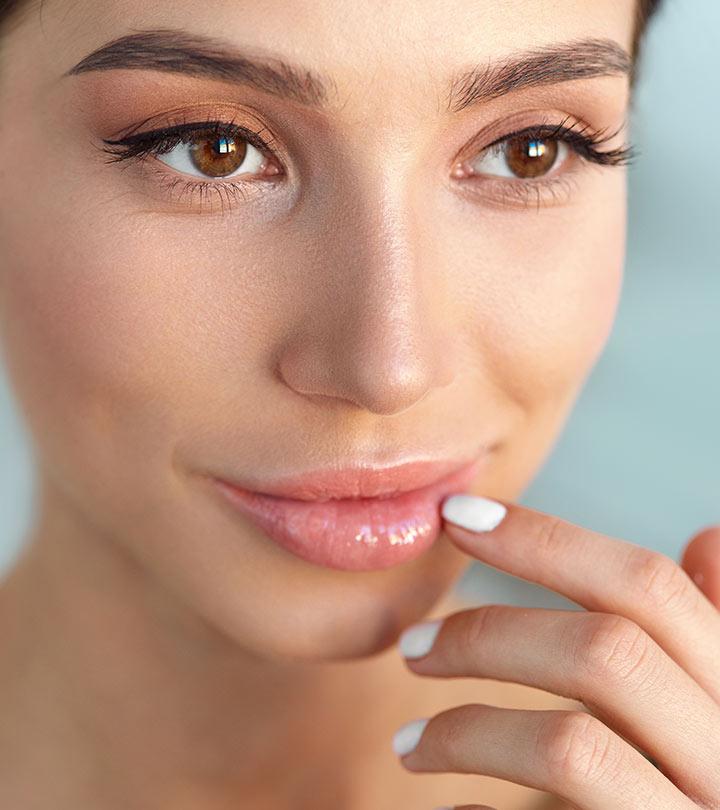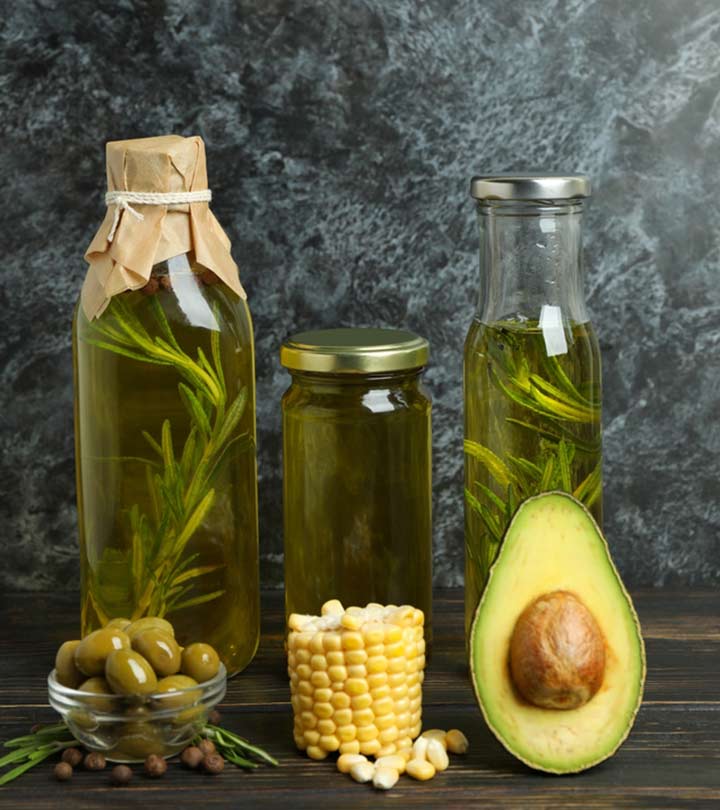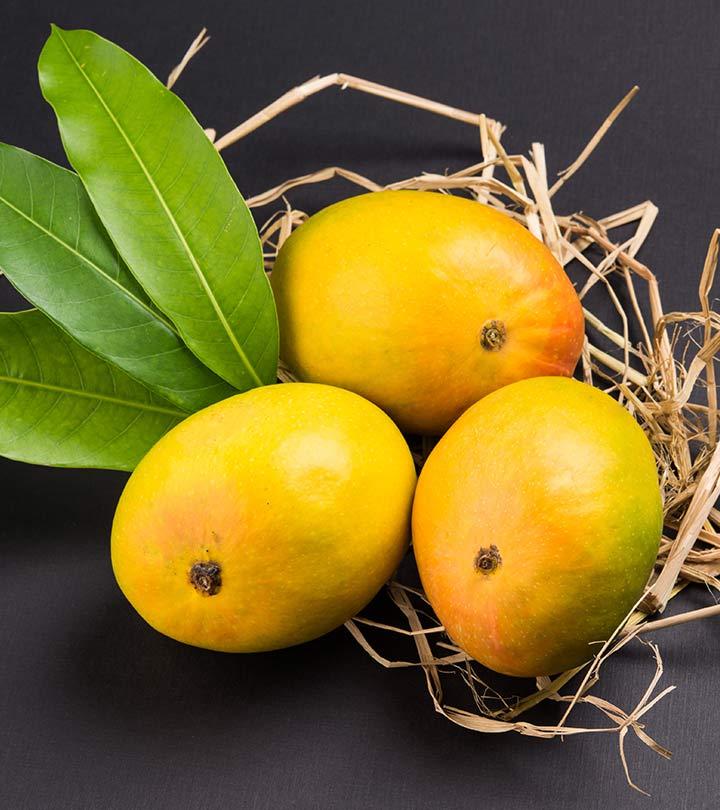11 Benefits Of Ylang Ylang Essential Oil, Types, & Side Effects
Combat gout and leave your worries behind with this powerful tropical concoction.
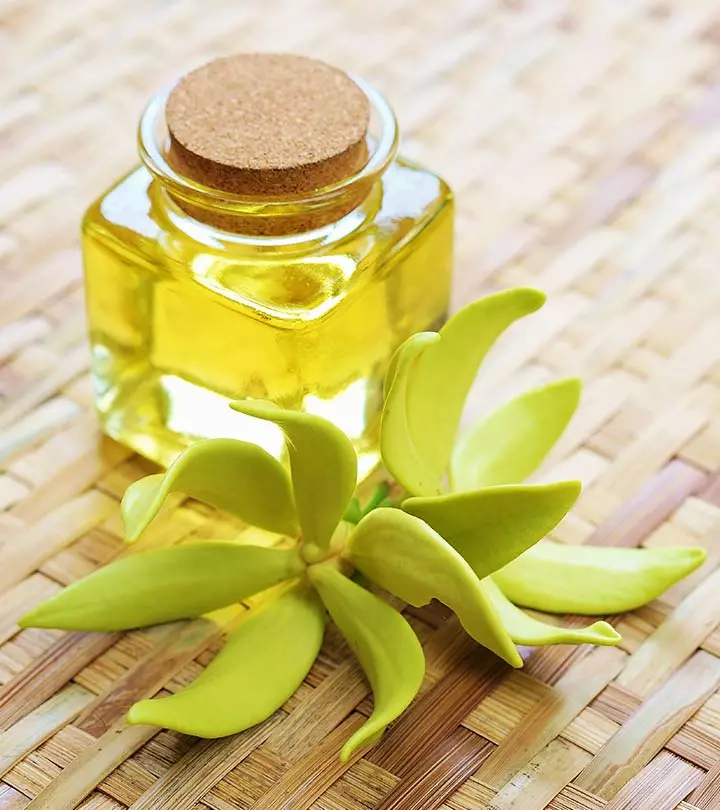
Image: shutter stock
Ylang ylang essential oil benefits your health in numerous ways. This floral fragrance is extracted from the yellow flowers of a tropical plant, Ylang ylang (Cananga odorata), native to southeast Asia. This essential oil is obtained by steam distillation and is widely used in many perfumes, flavoring agents, and cosmetics (1).
This oil was used to treat various ailments like gout, malaria, headaches, and digestive distress (2). There are many studies conducted on its benefits. Many also vouch for its antimicrobial and anti-anxiolytic properties. Continue reading to further explore ylang ylang oil and its benefits.
 Know Your Ingredient: Ylang-Ylang Oil
Know Your Ingredient: Ylang-Ylang OilWhat Is It?
A light yellow essential oil extracted from the flowers of Cananga odorata tree.
What Are Its Benefits?
Can help heal wounds, reduce anxiety, relax bladder muscles, and improve skin and hair health.
Who Can Use It?
Diluted ylang-ylang oil is safe to use for most skin types, including combination, dehydrated, dry, and oily skin.
How Often?
You can mix it with a carrier oil and use it daily for a relaxing massage or add a few drops to your humidifier.
Caution
Always do a skin patch test before topically using this oil to avoid skin irritation and allergies.
In This Article
Benefits Of Ylang Ylang Essential Oil
1. May Help Reduce Anxiety
A study has shown that this essential oil has a soothing effect and helps in reducing anxiety and improving self esteem (3). Another study had shown that ylang ylang oil helps in stress relief and lowers depression. The study was based on physiological parameters, such as changes in skin temperature, pulse rate, breathing rate, and blood pressure. The essential oil could significantly lower both the skin temperature as well as blood pressure. This eventually made the subjects feel relaxed (4).
Ylang ylang oil may also have an impact on cognitive functions. Although research is limited, the oil has been observed to improve calmness in human volunteers (5). However, ylang-ylang oil was also found to decrease memory in some patients (5).
2. May Have Antimicrobial Properties
Ylang ylang contains an antibacterial and antifungal compound called linalool (2). The essential oil also exhibits an antimicrobial activity towards Staphylococcus aureus strains (2). A blend of ylang-ylang and thyme essential oils showed a synergistic effecti X When two or more drugs interact to produce an effect greater than the effect they have individually on a condition. on microbial infections (2). More studies are needed to further understand the antimicrobial properties of ylang-ylang essential oil.
3. May Help Lower Blood Pressure
Ylang ylang essential oil, when absorbed by the skin, may help lower blood pressure (4). The oil may help manage hypertension. A study on an experimental group that inhaled a blend of essential oils with ylang-ylang reported having lower levels of stress and blood pressure (6). In yet another study, ylang ylang essential oil aroma was found to reduce both systolic and diastolic blood pressure levels (7).
4. May Have Anti-Inflammatory Effects
Ylang ylang essential oil contains isoeugenol, a compound known for its anti-inflammatory properties (8). The compound may also help reduce oxidative stress. This process may eventually reduce the risk of chronic diseases, such as cancer or cardiovascular disorders.
5. May Help In Wound Healing
Studies on skin fibroblast cellsi XBiological cells that produce collagen and the fibrous cellular material that connects other tissues or organs in the body. reported that essential oils, including ylang-ylang, have anti-proliferative and antiseptic properties. The essential oil also inhibited tissue remodeling, suggesting a potential wound healing property (9). Isoeugenol is a compound in ylang ylang essential oil (8). It has been reported that isoeugenol accelerates wound healing in diabetic mice (10).
6. May Act As An Aphrodisiac
Ylang ylang essential oil is traditionally used to decorate the beds of newlyweds in Indonesia for its soothing and aphrodisiac nature (11). The scientific evidence behind this claim is limited.
7. May Help Treat Rheumatism And Gout
Traditionally, ylang ylang oil has been used to treat rheumatismi XAn autoimmune disease in which the immune system attacks healthy tissue in the body, causing joint pain, swelling, and stiffness. and gouti XA medical condition that occurs when excess uric acid crystalizes in the joints leading to pain, swelling, redness, and tenderness. . There are no scientific studies to back this claim, however. Ylang ylang contains isoeugenol (9). Isoeugenol (extracted from clover oil) was found to have anti-inflammatory and antioxidant activity. In fact, isoeugenol has been suggested as an antiarthritic treatment in mice studies (12).
8. May Help Fight Malaria
Studies have backed the traditional use of ylang ylang in treating malaria. A Vietnamese research group has found that the oil has or anti-malarial activity (2). However, further studies are required to establish the role of ylang ylang as an alternative treatment for malaria.
9. May Improve Skin And Hair Health
Traditionally, ylang ylang has been used in skin care for treating acne. It has been reported that it can inhibit the activity of bacteria responsible for causing acne (2).
Although scientific evidence is scarce, ylang ylang oil has been used in many cosmetic skin care products. The oil is a common ingredient found in many commercial skin and hair care products. It is used in creams, perfumes, massage oils, and moisturizing creams (2).
Martin Giles, a blogger, shares his experience of using a homemade aroma oil cream: “I was looking for an original scent that I could call my own. Something that no one else has, and something that can only be associated with me. We used some of the classics: Rosewood, lavender, ylang ylang (I always struggle saying that last one) and a few others. (i).” He adds, “I admit, its scent was enchanting.”
It is claimed to have a moisturizing effect on dry skin and improve the regeneration of skin cells. The oil may also reduce fine lines and wrinkles. It may promote a healthy scalp through aromatherapy. It may rejuvenate the scalp and potentially reduce hair fall. Traditionally, the oil was used for its anti-sebum properties. However, there is no research to prove it yet.
 Did You Know?
Did You Know?10. May Help Relax Bladder Muscles
Animal studies have shown that ylang ylang essential oil may help relax the bladder muscles (13). Rats with overactive bladders were found to experience relief with ylang ylang oil (14).
These were some of the health benefits of ylang ylang essential oil. The oil can also be used in a few other ways. We will explore them in the next section.
Uses Of Ylang Ylang Essential Oil
Insect Repellent
Ylang ylang oil has been suggested as a green repellent for mosquito control. It controls mosquitoes and is safe for humans and the environment. Studies have reported that the oil, when mixed with coconut oil, could offer 98.9% protection from the Aedes aegypti mosquito for upto 88.7 minutes (15).
Another study explored the ovicidal and insecticidal activities of this oil towards three mosquito species – Aedes aegypti, Anopheles dirus, and Culex quinquefasciatus (16). Anecdotal evidence suggests using ylang ylang essential oil is a natural remedy to kill head lice, especially in children. It is a safer alternative to chemical compounds that may sometimes cause adverse effects.
Here’s how you can use the oil as a mosquito repellent.
What You Will Need
- Ylang ylang essential oil (2 drops)
- Distilled water (enough to fill a spray bottle)
Process
Add the EO to a spray bottle with water. Mix thoroughly and spray around to keep mosquitoes at bay.
- Anti-Aging Massage Oil For Skin
What You Will Need
- Ylang ylang essential oil (2 drops)
- Coconut or jojoba carrier oils (1 tablespoon)
Process
Mix the essential oil with the carrier oil. Gently massage the mixture into the face. Regular use will make the skin soft and supple.
- Hair Conditioner
What You Will Need
- Ylang ylang essential oil (3 drops)
- Jojoba carrier oil (2 tablespoons)
Process
Mix the essential oil with the carrier oil. Gently massage the mixture into the hair and scalp. Regular use will make your hair shiny and healthy. The antimicrobial properties of the essential oils may help fight dandruff.
- Relaxing Bath Salt
What You Will Need
- Ylang ylang essential oil (10-15 drops)
- Geranium essential oil (10 drops)
- Lavender essential oil (10 drops)
- Dead sea salt or Epsom salt (1-2 cups)
Process
- Add the essential oils and the salt in a glass bowl.
- Mix thoroughly and use this mixture as a bath salt. It will rejuvenate your skin and relax your mood. It is claimed to help treat insomnia and chronic fatigue syndrome.
 Quick Tip
Quick Tip- Mood Enhancer
Apply a few drops of ylang-ylang essential oil to your wrists and neck to reduce fatigue and improve mood. It also may help in the treatment of acute depression by acting as an antidepressant.
- Aphrodisiac
Add a few drops of the oil to your diffuser. You may also apply it to your neck and wrists. It may help reduce sexual anxiety.
In the following section, we will look at the different types of ylang-ylang oil.
Types Of Ylang Ylang Essential Oil
The ylang-ylang flowers are used to extract different types of essential oil. The extraction is done by steam distillation. Depending on the number and order of these distillations, there are five types of ylang-ylang oil (17).
The first fraction from the distillation is the most potent and concentrated which is labeled “Extra”. The subsequent distillations are “First”, “Second”, “Third”, and “Complete”. The “complete” type contains all the other four distillates. Hence, it has the closest composition to the ylang ylang essential oil (17).
How To Use Ylang Ylang Essential Oil
Most essential oils are in a potent concentrated form. Hence, diluting them with carrier oils (such as jojoba or coconut oils) is important before applying them topically.
Ylang ylang oil is usually used in aromatherapy diffusers. Its aroma can also be inhaled from the bottle. It is advisable to do a patch test by applying the essential oil to a small area to test for its sensitivity.
Recommended Dosage
There are no scientific guidelines for the appropriate dosage of ylang ylang oil. It is dependent on multiple variables, including one’s age and the underlying medical conditions. However, for the purpose of flavoring in food, an estimated consumption of (0.0001 mg/kg/day) has been determined to be safe (11). But even this amount of the oil could cause adverse effects in some people.
Ylang Ylang Side Effects
The Flavor and Extract Manufacturers Association (FEMA) has approved this essential oil to be “generally recognized as safe (GRAS)” (2).
However, case studies have reported that ylang ylang essential oil may cause skin irritation in subjects (18). Ylang ylang oil contains isoeugenol. This compound has been identified as a contact allergen (19). It can cause skin irritation and contact dermatitisi XThe medical term for skin inflammation or irritation caused due to direct contact with an allergen. (18).
Infographic: Uses And Benefits Of Ylang-Ylang Essential Oil
Essential oils are a part of aromatherapy and known for their relaxation effect. Ylang-ylang essential oil is one of the most used essential oils and exhibits many positive effects on overall health.
The following infographic provides a detailed idea about the uses and benefits of ylang-ylang essential oil. Check it out! Illustration: StyleCraze Design Team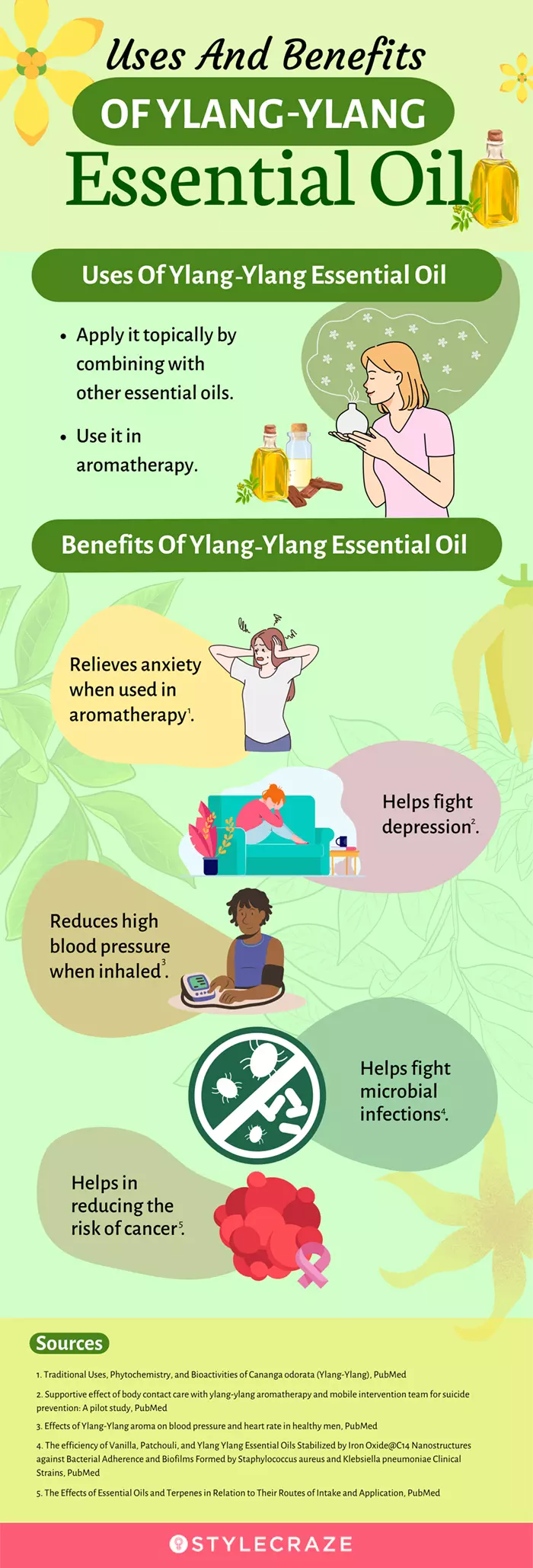
Ylang ylang essential oil benefits are numerous. It effectively reduces anxiety, has antimicrobial and anti-inflammatory properties, and helps lower blood pressure. In addition, this oil helps in wound healing, acts as an aphrodisiac, and helps treat rheumatism and gout. Furthermore, it improves hair and skin health too. Although this oil is generally safe, it may cause skin irritation and contact dermatitis in certain sensitive individuals. Hence, caution is advised.
Frequently Asked Questions
What oil goes well with ylang ylang?
Ylang ylang blends well with lavender, jasmine, rose, bergamot, and frankincense essential oils.
How does ylang ylang smell?
It has a sweet, fruity, and floral smell.
How do you use ylang ylang for sleep?
Add a few drops of ylang ylang essential oil to a diffuser to create an environment conducive to sleep aid. You can also add other essential oils of your choice.
Is ylang ylang good for treating acne?
Yes, it has been reported that ylang-ylang oil can inhibit the growth of acne-causing bacteria. The oil has antimicrobial properties.
Can ylang-ylang be taken internally?
Information is limited in this regard. Most essential oils are not recommended for oral intake. However, ylang-ylang has been used as a flavoring agent and digestive aid in certain foods. Consult your doctor before you plan to ingest the oil.
Key Takeaways
- Ylang-ylang oil is widely used in perfumes, flavoring agents, and cosmetics due to its floral fragrance.
- Aromatherapy using ylang-ylang oil has a soothing effect and reduces anxiety, depression, and blood pressure.
- Use ylang-ylang oil to treat rheumatism, gout, and malaria.
- It can be used as an insect repellent, anti-aging massage oil, conditioner, aphrodisiac, and relaxing bath salt.
- Use the oil in limited amounts as it can irritate the skin and cause contact dermatitis.
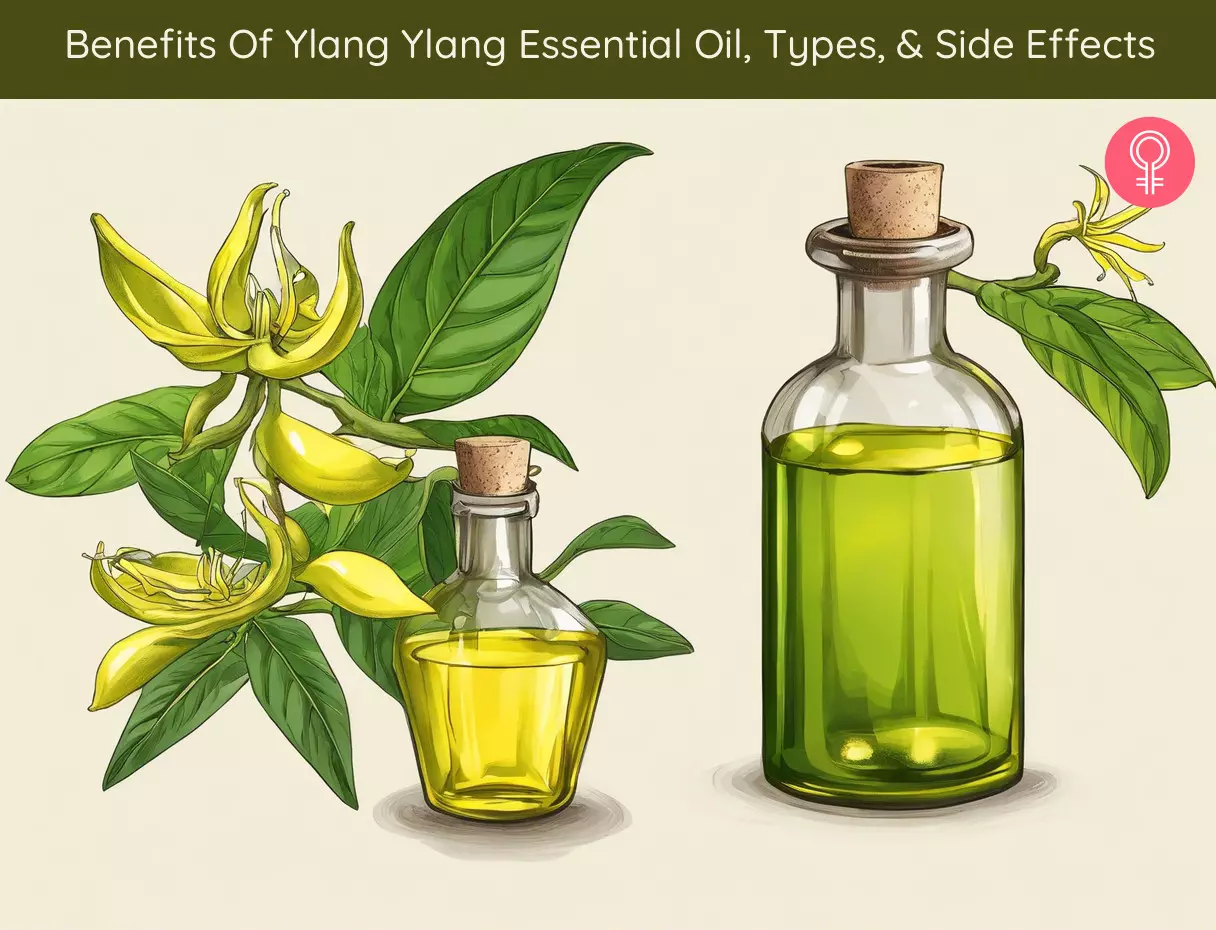
Image: Stable Diffusion/StyleCraze Design Team
References
Articles on StyleCraze are backed by verified information from peer-reviewed and academic research papers, reputed organizations, research institutions, and medical associations to ensure accuracy and relevance. Read our editorial policy to learn more.
- Mallavarapu, G.R., et al. “Ylang–Ylang (Cananga Odorata) Oils.” Essential Oils in Food Preservation, Flavor and Safety, Academic Press, 30 Oct.2015
.https://www.sciencedirect.com/science/article/pii/B9780124166417000997 - Tan, Loh Teng Hern et al. “Traditional Uses, Phytochemistry, and Bioactivities of Cananga odorata (Ylang-Ylang).” Evidence-based complementary and alternative medicine : eCAM vol. 2015 (2015): 896314.
https://www.ncbi.nlm.nih.gov/pmc/articles/PMC4534619/ - Gnatta, Juliana Rizzo et al. “Aderência ao tratamento por estatinas e fatores associados em usuárias do Sistema Único de Saúde” [Aromatherapy with ylang ylang for anxiety and self-esteem: a pilot study]. Revista da Escola de Enfermagem da U S P vol. 48,3 (2014): 492-9.
https://www.ncbi.nlm.nih.gov/pubmed/25076278 - Hongratanaworakit, Tapanee, and Gerhard Buchbauer. “Relaxing Effect of Ylang Ylang Oil on Humans after Transdermal Absorption.” Wiley Online Library, John Wiley & Sons, Ltd, 28 June 2006.
https://onlinelibrary.wiley.com/doi/abs/10.1002/ptr.1950 - “MODULATION OF COGNITIVE PERFORMANCE AND MOOD BY AROMAS OF PEPPERMINT AND YLANG-YLANG.” Taylor & Francis.
https://www.tandfonline.com/doi/full/10.1080/00207450601042094 - Kim, et al. “Essential Oil Inhalation on Blood Pressure and Salivary Cortisol Levels in Prehypertensive and Hypertensive Subjects.” Evidence-Based Complementary and Alternative Medicine, Hindawi, 19 Nov. 2012.
https://www.hindawi.com/journals/ecam/2012/984203/ - Jung, Da-Jung et al. “Effects of Ylang-Ylang aroma on blood pressure and heart rate in healthy men.” Journal of exercise rehabilitation vol. 9,2 (2013): 250-5.
https://www.ncbi.nlm.nih.gov/pmc/articles/PMC3836517/ - Kfoury, Miriana, et al. “Essential Oil Components Decrease Pulmonary and Hepatic Cells Inflammation Induced by Air Pollution Particulate Matter.” Environmental Chemistry Letters, vol. 14, no. 3, 2016, pp. 345–351.
https://link.springer.com/article/10.1007/s10311-016-0572-4 - Han, Xuesheng, et al. “Chemical Composition Analysis and in Vitro Biological Activities of Ten Essential Oils in Human Skin Cells.” Biochimie Open, Elsevier, 26 Apr. 2017.
https://www.sciencedirect.com/science/article/pii/S2214008517300123. - Khan, TH, et al. “Isoeugenol Accelerates Wound Healing by Attenuating pro-Inflammatory Markers and Chemokine Expression in Diabetic Mice.” Planta Medica, 9 Apr. 2015.
https://www.thieme-connect.com/products/ejournals/abstract/10.1055/s-0035-1545223 - Burdock, George A., and Ioana G. Carabin. “Safety Assessment of Ylang–Ylang (Cananga Spp.) as a Food Ingredient.” Food and Chemical Toxicology, Pergamon, 29 Sept. 2007.
https://www.sciencedirect.com/science/article/pii/S027869150700453X - Kaur, Gurpreet, and Sarwat Sultana. “Evaluation of antiarthritic activity of isoeugenol in adjuvant induced arthritis in murine model.”Food and chemical toxicology 50.8 (2012): 2689-2695.
https://www.sciencedirect.com/science/article/pii/S0278691512003572 - Kim, Hyung-Jee, et al. “Effects of Ylang-Ylang Essential Oil on the Relaxation of Rat Bladder Muscle in Vitro and White Rabbit…” ResearchGate, Korean Academy of Medical Sciences, July 2003.
https://www.researchgate.net/publication/10707416_Effects_of_Ylang-Ylang_Essential_Oil_on_the_Relaxation_of_Rat_Bladder_Muscle_in_vitro_and_White_Rabbit_Bladder_in_vivo - Yang, et al. “Effects of Ylang-Ylang Oil on the Relaxation of Rat Bladder Muscles.” Journal of the Korean Continence Society, Korean Continence Society, 30 June 2002.
https://www.einj.org/journal/view.php?number=334 - Soonwera, Mayura, and Siriporn Phasomkusolsil. “Efficacy of Thai Herbal Essential Oils as Green Repellent against Mosquito Vectors.” Acta Tropica, Elsevier, 28 Nov. 2014.
https://www.sciencedirect.com/science/article/abs/pii/S0001706X14003799?via%3Dihub - Soonwera, Mayura. “Efficacy of Essential Oil from Cananga Odorata (Lamk.) Hook.f. & Thomson (Annonaceae) against Three Mosquito Species Aedes Aegypti (L.), Anopheles Dirus (Peyton and Harrison), and Culex Quinquefasciatus (Say).” Parasitology Research.
https://link.springer.com/article/10.1007/s00436-015-4699-1 - “Ylang Ylang Oil.” Ylang Ylang Oil – an Overview | ScienceDirect Topics
https://www.sciencedirect.com/topics/medicine-and-dentistry/ylang-ylang-oil - Srivastava, Pk, and Ak Bajaj. “Ylang-ylang oil Not an Uncommon Sensitizer in India.” Indian journal of dermatology vol. 59,2 (2014): 200-1.
https://www.ncbi.nlm.nih.gov/pmc/articles/PMC3969689/ - White, I R et al. “Isoeugenol is an important contact allergen: can it be safely replaced with isoeugenyl acetate?.” Contact dermatitis vol. 41,5 (1999): 272-5.
https://www.ncbi.nlm.nih.gov/pubmed/10554062





